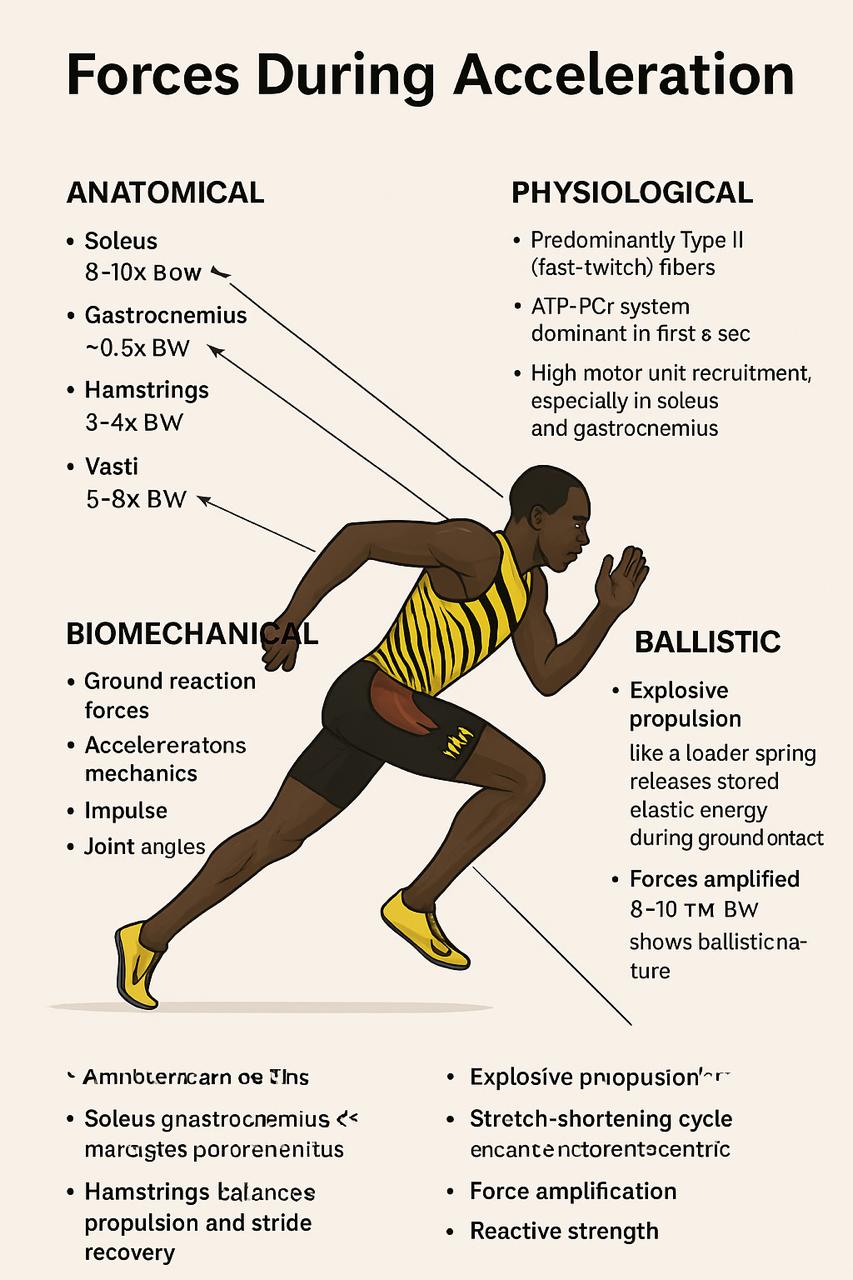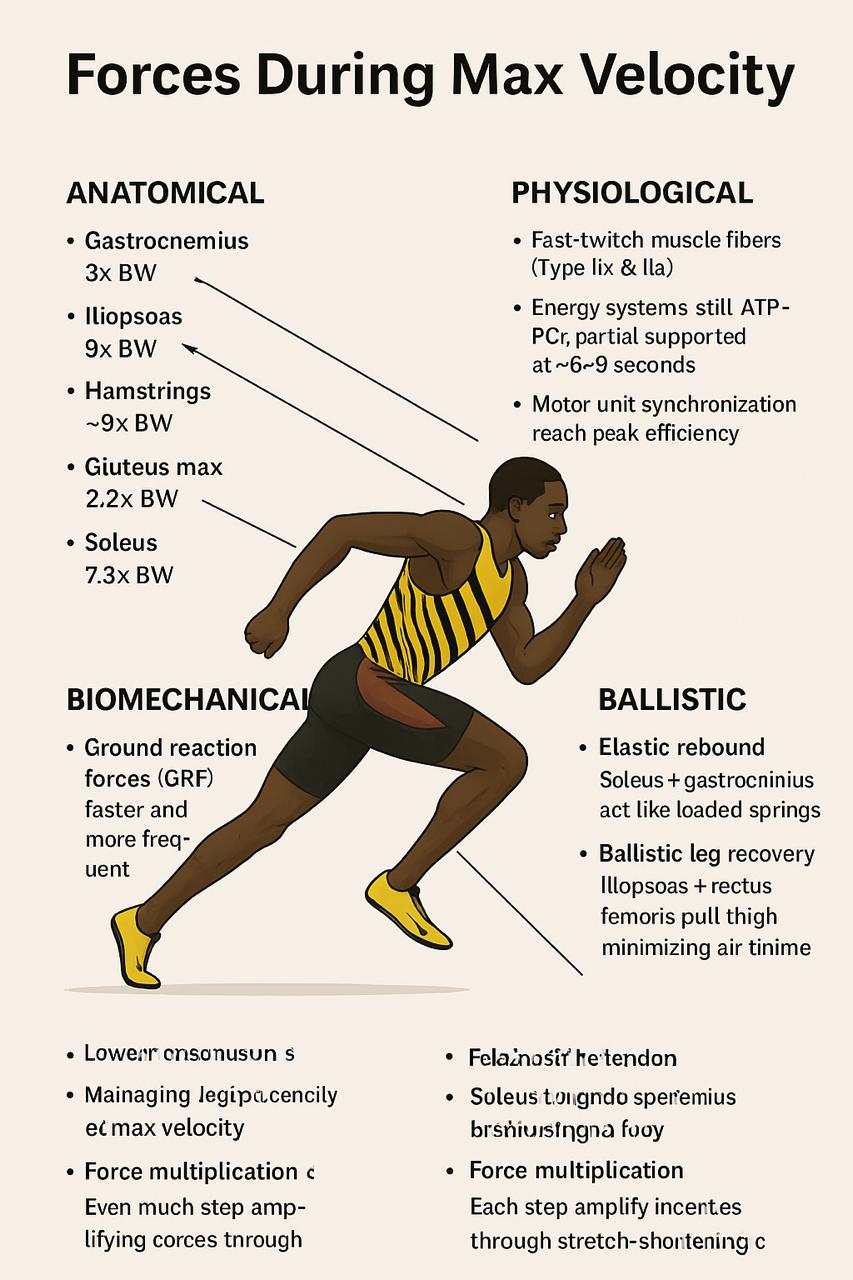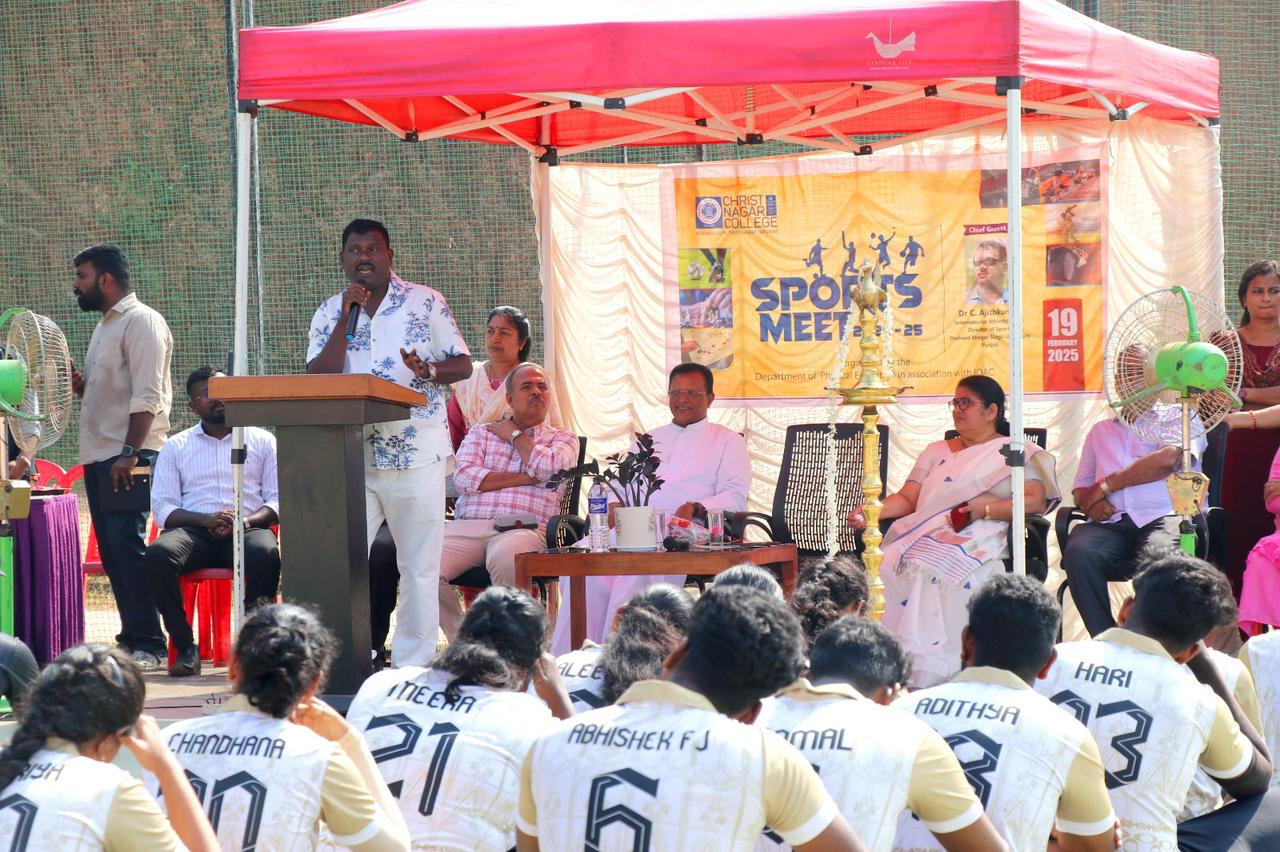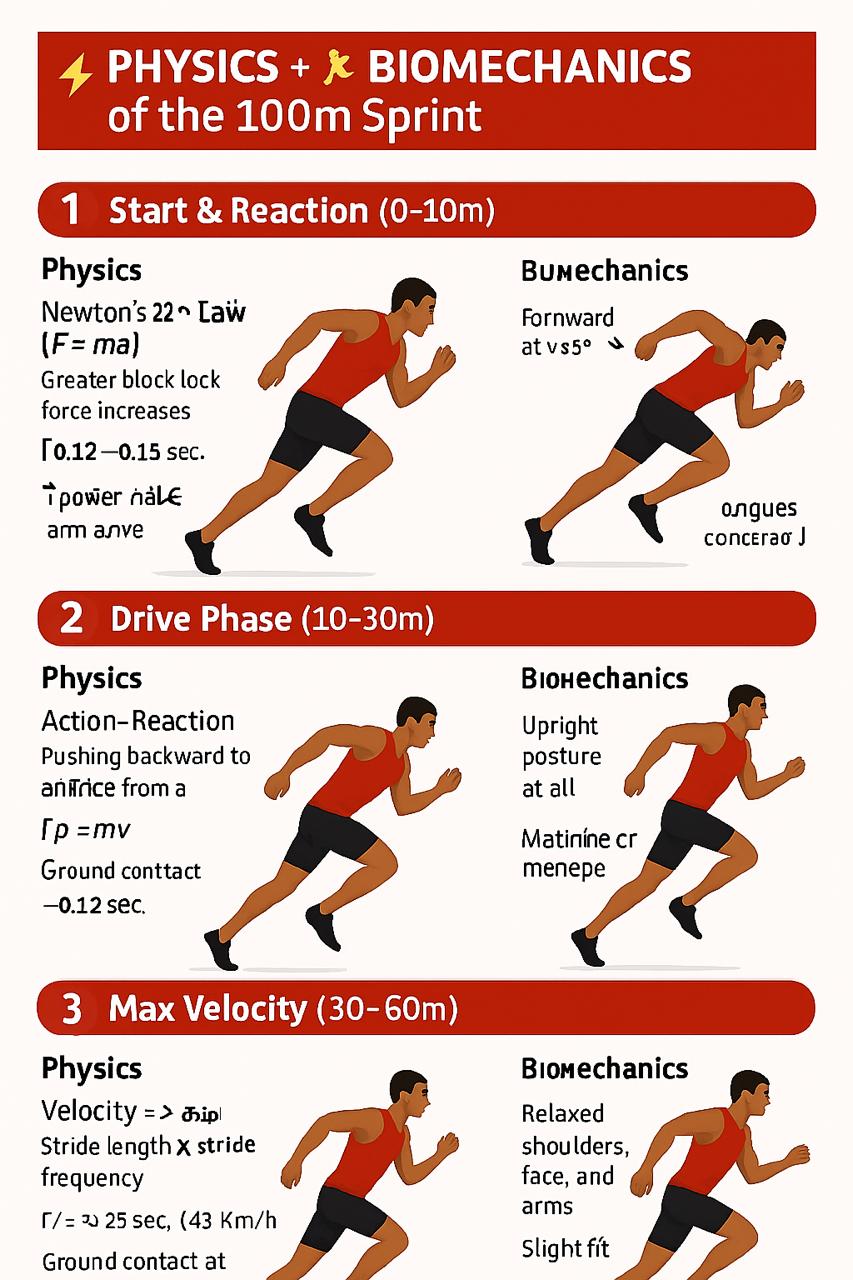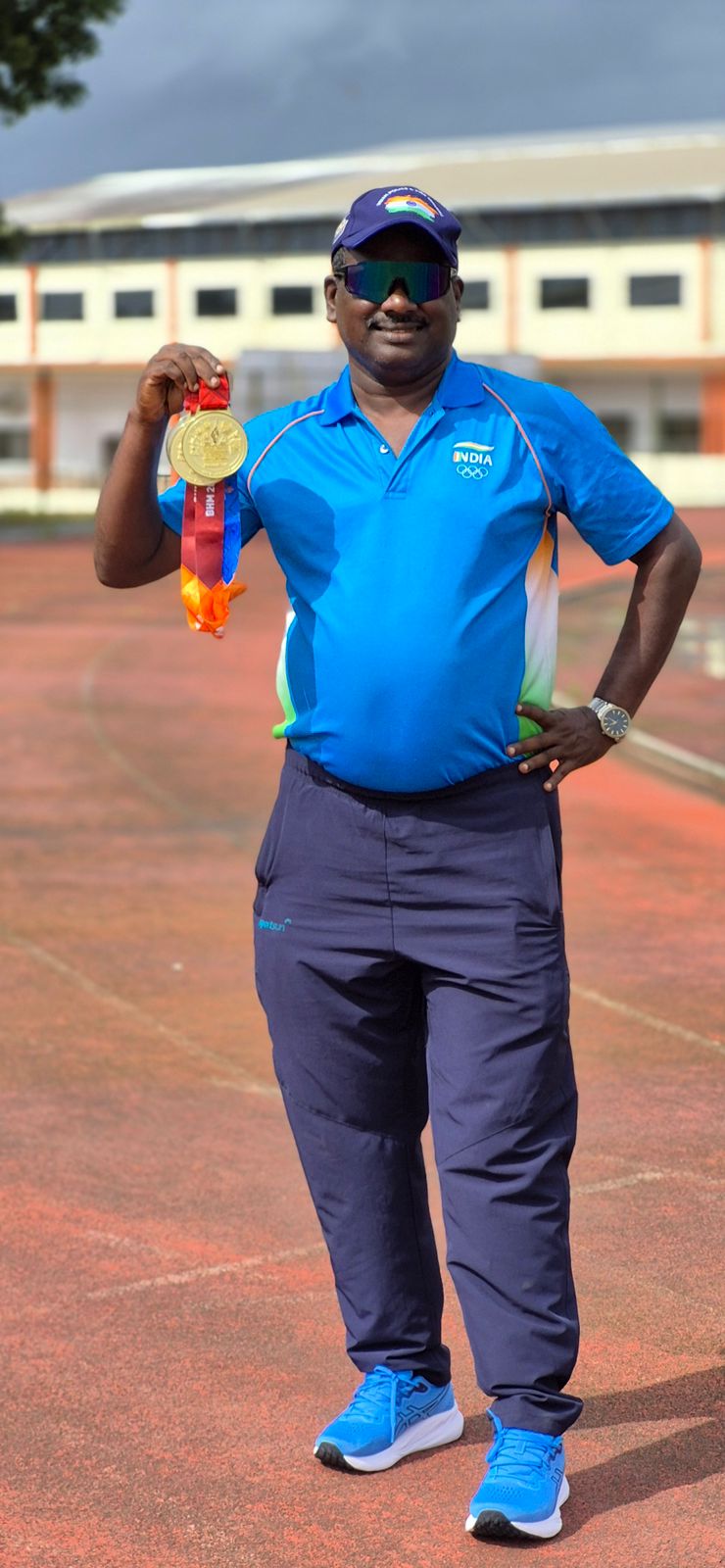Forces During Acceleration in Sprinting A Multi Perspective Analysis
By Dr. C. Ajithkumar, International Athletics Coach
Anatomical View
- Soleus (8-10x BW force): Deep calf muscle, critical for plantarflexion during ground contact, providing powerful push off.
- Gastrocnemius (~0.6x BW, 37 percent impulse): Crosses both knee and ankle supports ankle extension while stabilizing knee flexion. Key in explosive starts.
- Hamstrings (3-4x BW force): Posterior thigh muscles including biceps femoris, semitendinosus, semimembranosus. Provide hip extension and assist in pulling the leg backward during acceleration.
- Vasti (5-8x BW braking force): Quadriceps group vastus lateralis, medialis, intermedius controlling knee extension and stabilizing landing forces, absorbing eccentric load.
Physiological View
- Muscle Fiber Type: Predominantly Type II fast twitch fibers essential for rapid contraction and high force output.
- Energy Systems: ATP PCr system dominates in the first 8 to 10 seconds fueling explosive acceleration.
- Neuromuscular Activation: High motor unit recruitment especially in soleus and gastrocnemius for quick ground contacts.
- Elastic Components: Tendon stiffness in Achilles and hamstring aponeurosis enhances energy storage and release.
Biomechanical View
- Ground Reaction Forces GRF: Forces exerted against the ground. Soleus and Gastrocnemius generate forward propulsion, Vasti manage braking and stability, Hamstrings balance propulsion and stride recovery.
- Acceleration Mechanics: Forward lean aligns force vectors horizontally. Short, powerful strides maximize acceleration.
- Impulse: Product of force times time. Gastrocnemius contributes about 37 percent of impulse in early steps.
- Joint Angles:
- Ankle plantarflexion Soleus and Gastrocnemius.
- Hip extension Hamstrings.
- Controlled knee extension and flexion Vasti and Hamstrings.
Ballistic View
- Explosive Propulsion: Soleus and Gastrocnemius act like a loaded spring, releasing stored elastic energy during ground contact.
- Stretch Shortening Cycle SSC: Hamstrings and calves undergo rapid eccentric to concentric actions, enhancing velocity.
- Force Amplification: Eight to ten times body weight forces show the ballistic nature. The body essentially becomes a projectile with each step.
- Reactive Strength: Faster contact times improve ballistic performance, critical for sprinting.
Summary
Anatomically, calves, hamstrings, and quadriceps coordinate acceleration. Physiologically, fast twitch fibers and the ATP PCr fuel system dominate. Biomechanically, ground reaction forces and optimal joint angles drive horizontal velocity. Ballistically, elastic recoil and rapid firing of muscles make the sprinters body explode forward like a projectile.

